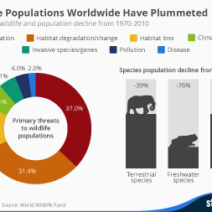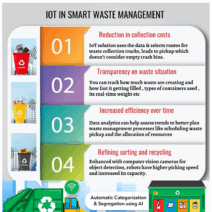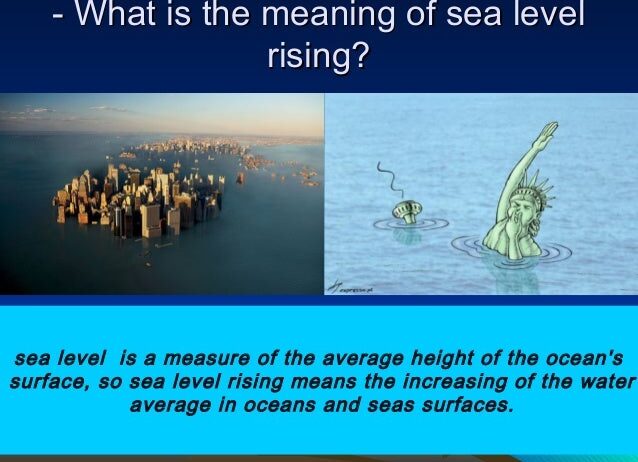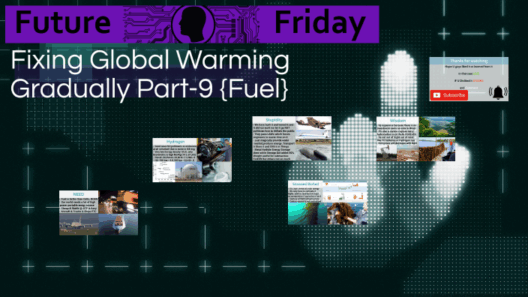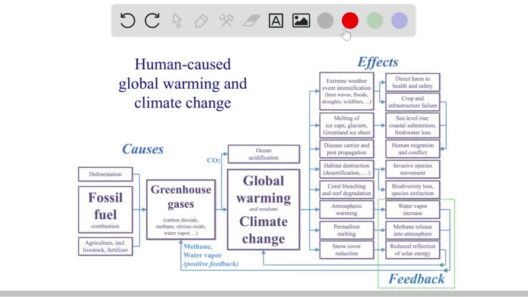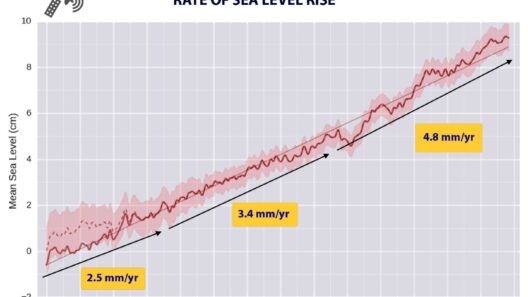Understanding the concept of sea level rise is crucial in grappling with the implications of climate change. With glaciers melting and oceans expanding due to increasing temperatures, the challenges posed by rising seas are becoming more perilous. In this exploration, we will delve into the science behind sea level rise, examining its causes, effects, and potential solutions, encouraging a shift in perspective regarding our environment.
What Exactly Is Sea Level Rise?
In simple terms, sea level rise refers to the increase in the average level of the world’s oceans. This phenomenon can occur due to a multitude of factors, primarily driven by climate change. The Intergovernmental Panel on Climate Change (IPCC) has reported that global sea levels have risen by about 8 inches since the late 19th century, with projections suggesting further increases in the coming decades.
Sea level phenomena can be attributed to two main mechanisms: thermal expansion and the melting of land-based ice. As ocean temperatures rise—a direct consequence of increased greenhouse gas emissions—the water expands, contributing to higher sea levels. Furthermore, the melting of glaciers and polar ice sheets adds significant volumes of water to the oceans. Both processes are interconnected and indicative of a warming planet.
The Mechanics Behind Rising Waters
Thermal Expansion: The Ocean’s Expansive Reaction
When water heats up, it occupies more space; a concept known as thermal expansion. As global temperatures rise, so do the temperatures of the oceans. Even a fraction of a degree can have profound implications, causing the water to expand. Studies indicate that thermal expansion accounts for roughly one-third of observed sea level rise. In simpler terms, as the Earth continues to warm, the oceans become more voluminous, prompting higher sea levels.
Melting Glaciers and Ice Caps: The Culprit of Additional Water
Another significant contributor to sea level rise is the meltwater from glaciers and ice caps. Glaciers—believed to hold roughly 70% of the world’s fresh water—are receding at an alarming rate. Evidence suggests that the Greenland ice sheet is losing mass, while Antarctica, too, is experiencing accelerated ice loss. This additional meltwater, flowing into the oceans, is a direct contributor to rising sea levels. The ramifications are profound, threatening coastal cities, ecosystems, and freshwater sources around the globe.
The Impacts of Sea Level Rise: A Looming Threat
Coastal Erosion: Battling the Elements
The consequences of rising sea levels are multidimensional, with coastal erosion topping the list. As seas encroach upon the land, coastlines become increasingly vulnerable. This phenomenon can lead to the loss of habitat for both human and wildlife populations, the destruction of infrastructure, and ultimately the displacement of communities. Areas like Florida and Louisiana, known for their low-lying topography, face unprecedented risks as the water encroaches upon their borders.
Threats to Freshwater Sources: A Critical Resource at Risk
Rising sea levels can also lead to saltwater intrusion into freshwater aquifers, tainting valuable drinking water supplies. Coastal communities that depend on groundwater may find their sources compromised, forcing them to look for alternatives. This can instigate larger discussions around water security and sustainable practices, highlighting the urgency of contemporary environmental politics.
Habitat Destruction: Displacing Biodiversity
Beyond human implications, the ecological repercussions of rising sea levels are staggering. Coastal ecosystems, such as mangroves and salt marshes, act as buffers against storms and provide critical habitats for countless species. A surge in water levels can inundate these areas, disrupting delicate ecosystems and diminishing biodiversity. By prioritizing the health of our oceans, we safeguard a rich tapestry of life that is integral to Earth’s environmental balance.
What Can Be Done? Strategies for Mitigation
Adaptive Strategies: Engineering Resilience into Coastal Communities
As the tide inexorably rises, innovative adaptation strategies are paramount. Coastal cities are investing in infrastructure improvements to enhance resilience. These include building seawalls, restoring natural barriers such as wetlands, and employing strategic zoning to ensure sustainable development. Innovative urban planning, coupled with community engagement, is essential in crafting effective responses to these environmental shifts.
Mitigation Efforts: Combating Climate Change
While adaptation is crucial, the broader fight against climate change must remain a priority. Reducing greenhouse gas emissions through renewable energy sources, reforestation, and energy efficiency can collectively mitigate the long-term effects of climate change, thereby curtailing sea level rise. International cooperation is essential in spearheading various climate agreements aimed at limiting global warming.
Engagement and Education: Spreading Awareness
Lastly, fostering public awareness is inextricable from the conversation surrounding sea level rise. Communities must be educated about the implications of climate change, and grassroots movements advocating for environmental stewardship must be supported. By engaging peoples’ curiosity about the planet, we can inspire collective action toward sustainable living and responsible consumption.
Conclusion: A Call to Action
The threat of rising sea levels is not a distant concern; it is a pressing reality that demands immediate attention. From scientific intricacies to social impacts, understanding the multifaceted nature of sea level rise is instrumental in driving meaningful change. As stewards of this planet, we have the responsibility to engage with these issues actively and advocate for transformative actions that ensure a sustainable future for generations to come.

